
Would veterinarians recommend using dental cleaning sticks for pet dogs
If you’ve ever stood in the pet store, staring at a wall of dental chews while wondering if they’re worth the money, you’re not alone.
Picture this: You’re wearing your favorite black leggings, and within minutes, they’re dusted with your Golden Retriever’s fur like a powdered donut. Sound familiar? The wet-vs-dry debate isn’t just about preference—it’s about effectiveness and your dog’s comfort. Dry brushing tackles loose topcoat fur before it tangles, while wet methods (during baths) penetrate deeper to release trapped undercoat. Here’s how to leverage both without turning your bathroom into a fur tornado.
Start with dry deshedding—always. Why? Water transforms loose fur into stubborn mats. Grab a rubber curry brush (like the Kong ZoomGroom) and massage your dog in slow circles during their evening couch snooze. This mimics maternal grooming, lifting dead fur while calming them. Follow with an undercoat rake (e.g., SleekEZ), gliding with hair growth on their back and thighs. Pressure is key: If your dog yawns or licks their lips, lighten up. This pre-bath ritual prevents mats and makes wet deshedding techniques far more effective later.
When it’s bath day, timing is everything. After dry brushing, use lukewarm water and a deshedding shampoo. Massage it into the skin where undercoat hides—imagine kneading dough—then rinse with cool water to seal follicles and reduce future shedding. Post-rinse, keep your dog in the tub while they’re sopping wet. Gently use a wide-tooth comb or rubber brush with hair growth to lift loosened undercoat clumps. For heavy shedders like Huskies, a high-velocity dryer on low heat blasts out hidden fur (but skip this in apartments if noise stresses your pup). This combo approach tackles shedding at both surface and root levels.
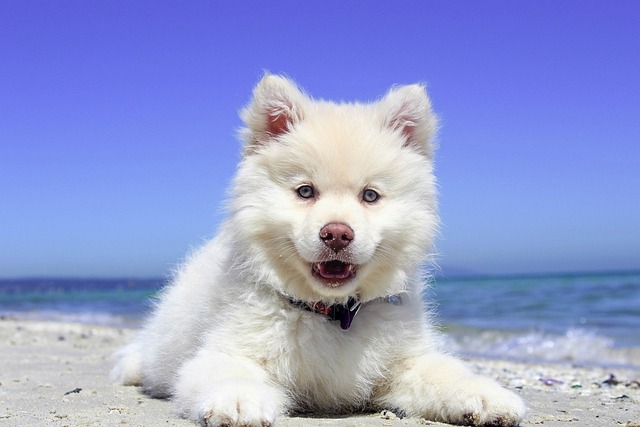
Beyond tools, remember your pup’s feelings. Pair every brush stroke with praise and tiny training treats (think diced chicken). Yanking mats or scolding? Not only ineffective—it’s culturally unacceptable in the U.S. and EU, where positive reinforcement is legally encouraged under animal welfare codes. Legally, keep rabies vaccines current (federal law!), and stash biodegradable poop bags in every jacket—cities like Portland fine $250 for uncollected waste. Apartment dwellers, take note: Brush on a balcony over a washable mat to contain fur fallout, and give your pup a quick lint-roller pass before entering shared hallways. Your neighbors will notice the effort!
Stubborn mats? Never cut them wet or dry—visit a groomer. Severe matting isn’t just painful; in states like Massachusetts, it’s considered neglect. If shedding seems extreme (bald patches or clumps), see your vet—allergies or thyroid issues could be lurking. Diet tweaks help too: Omega-3 supplements (like Nordic Naturals fish oil) can cut shedding by 30% in 6 weeks.

If you’ve ever stood in the pet store, staring at a wall of dental chews while wondering if they’re worth the money, you’re not alone.
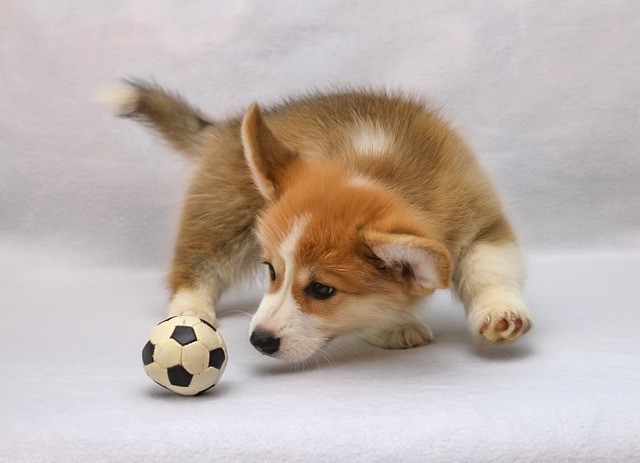
Walk down any pet store aisle, and you’ll see shelves lined with dental chews—colorful, bone-shaped treats promising to clean teeth and freshen breath.
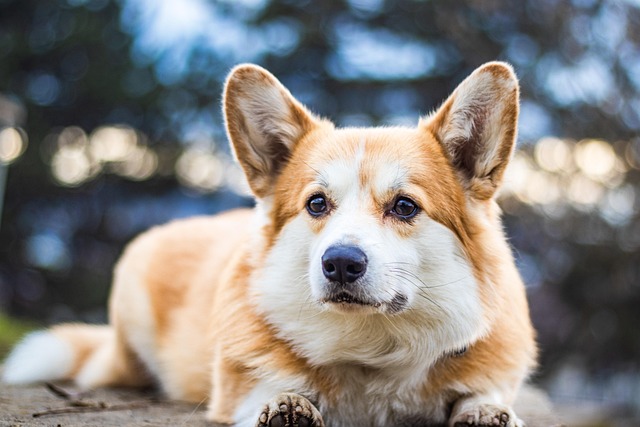
If you’ve ever struggled to brush your dog’s teeth—dodging wiggly heads, slobbery paws, or the occasional playful bite—you’ve probably wondered about easier alternatives.
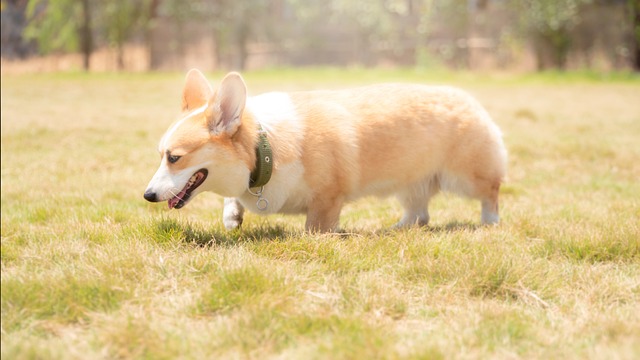
Finding your dog lethargic, with dry gums and sunken eyes, is enough to make any new pet owner panic. Dehydration creeps up fast
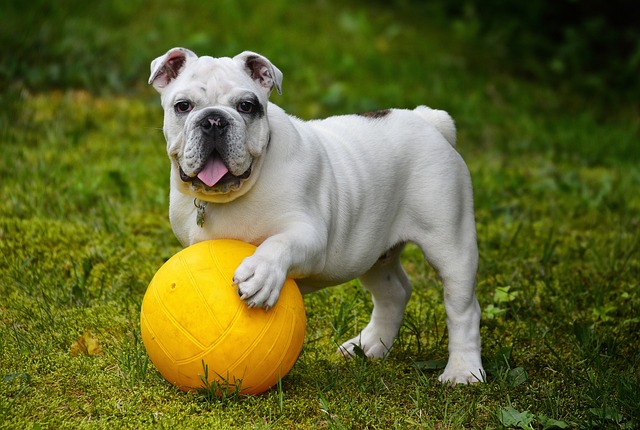
Watching your golden retriever scratch his ears raw after meals or sprint to the backyard with digestive urgency turns dinnertime into a nightmare.
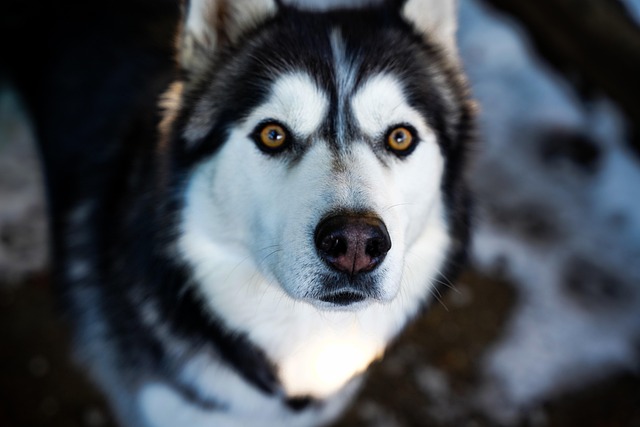
There’s something undeniably captivating about a husky’s gaze, and when those eyes are a rich shade of brown, it’s like stumbling upon a hidden gem.